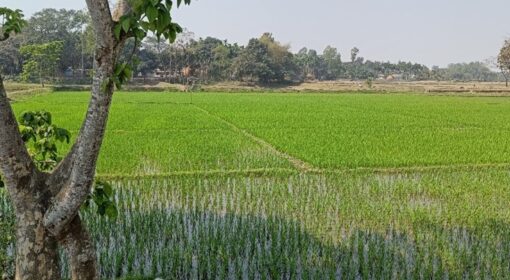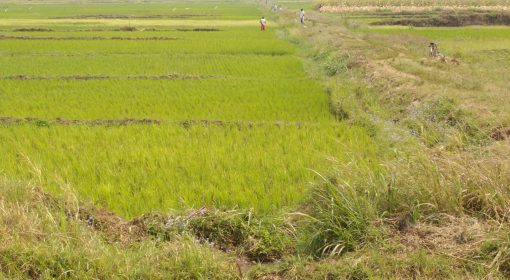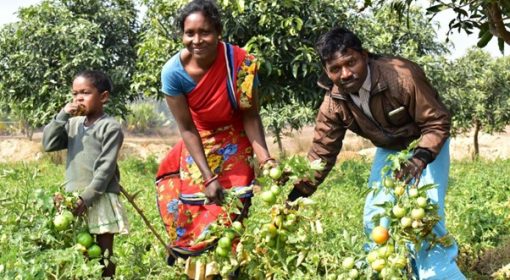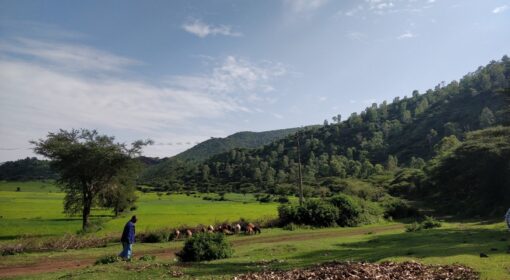by Kbd Serder M Ferdous and Frank van Steenbergen
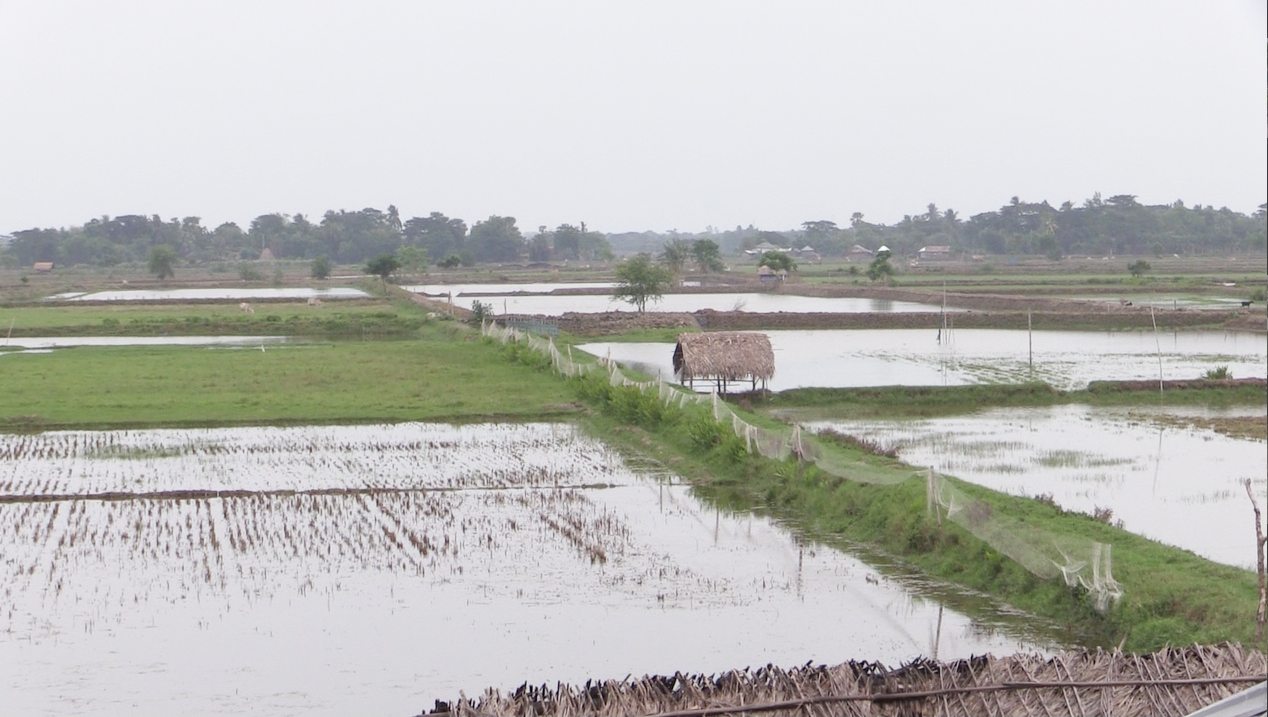
Water management is essential to avoid crop stress and hence ensure crop productivity. Whilst this is well known, the importance of water management for the control of pest and diseases is not so well known, yet it is an important factor than needs to mainstreamed in new forms of regenerative agriculture.
An important example is the cultivation of rice. Precision is required: either too much or too little water translates in pest attacks. The rice plant is most sensitive to water deficit from the reduction division stage to heading. Three days of drought at 11 days and at three days before heading reduces yield significantly by causing a high proportion of sterility. Common symptoms of the water deficit are: leaf rolling, impaired tillering, stunting, delayed flowering, spikelet sterility and incomplete grain filling. Once sterility occurs, there is no way for the plant to compensate. On the other hand, water deficit during the vegetative stage may reduce plant height, tiller number and leaf area.
Both the weakening of the plants and the dry micro-climate invite pest attacks. The same is true when the plants are overirrigated. Below is an overview of the occurrence of pest attacks in rice cultivation in the coastal areas of Bangladesh.
Pest Management through Judicious Water Use in Rice Cultivation in Coastal Bangladesh
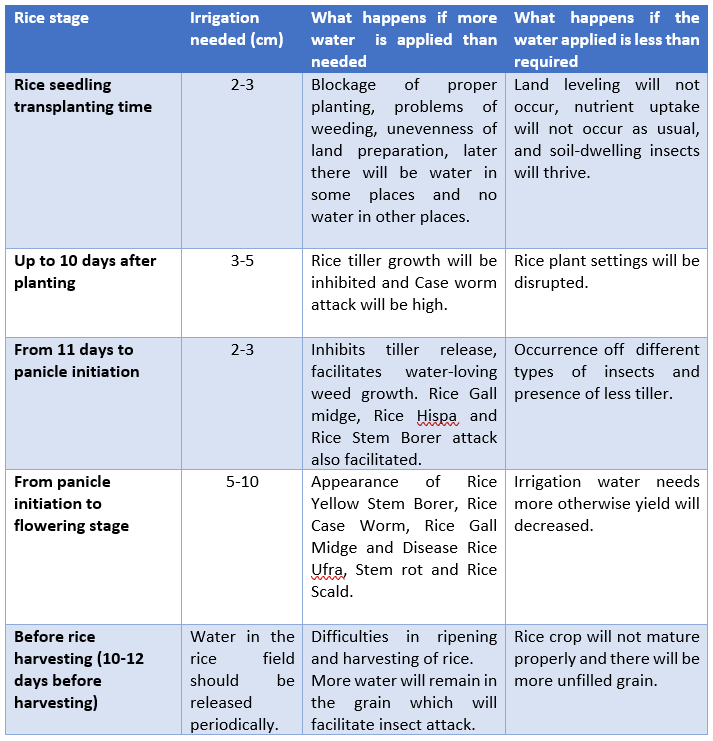
The relation between pest management and water management applies to many crops in many geographies. The implication is that better water application will prevent disease pressure. It will reduce, even rule out the use of pesticides. Therefore, it is clear that proper water management needs to be an essential part of productive, regenerative agriculture.

Are you interested in reading more on this topic? Early 2023, a book on local climate management will be published by https://practicalactionpublishing.com
